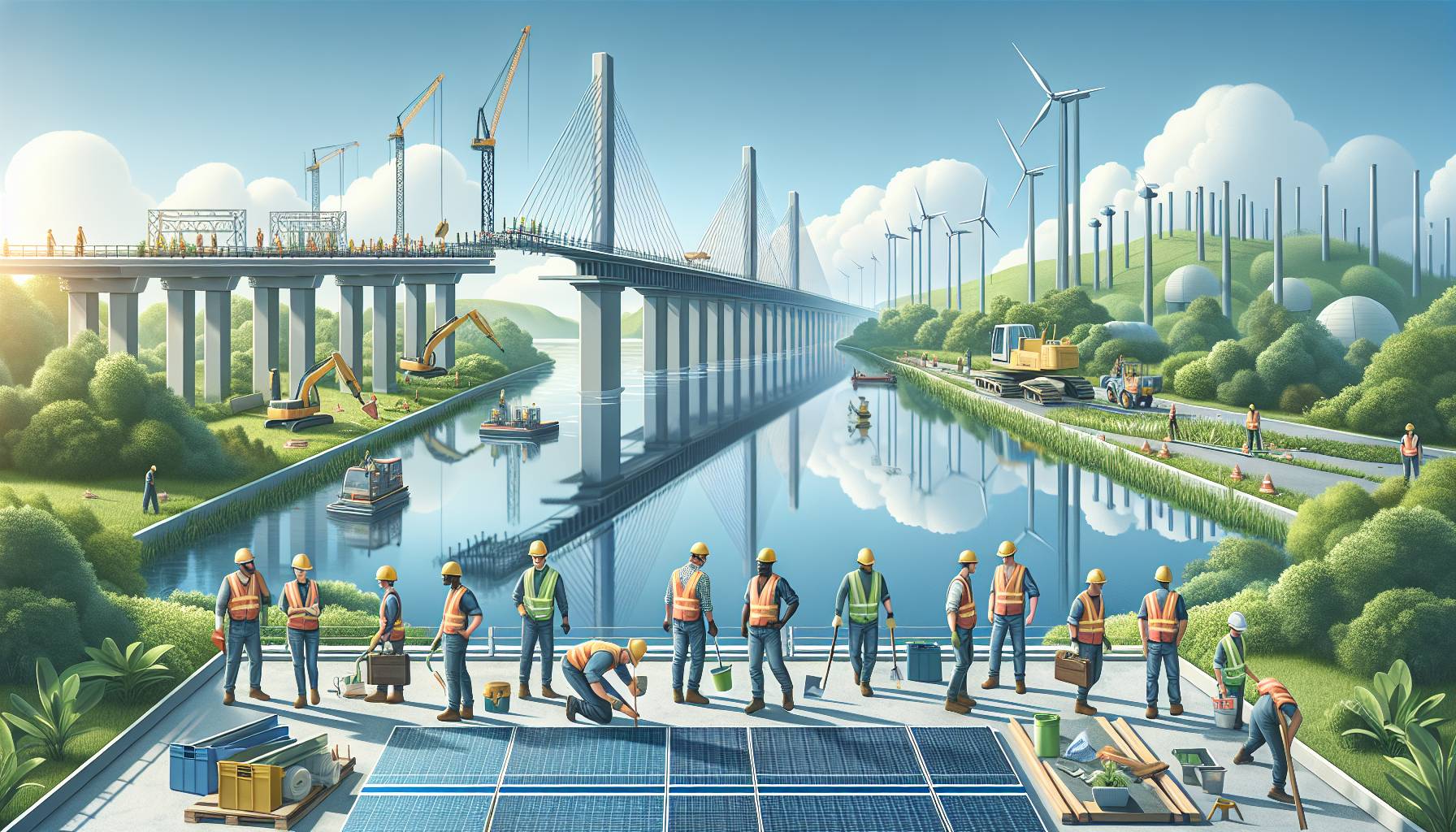
A month has passed since the tragic bridge collapse in Baltimore, generating numerous proposals for its reconstruction. City officials are eager for innovative, cost-effective plans that meet safety standards and can resist extreme weather conditions. Additionally, the new design should reflect the city’s resilience, progress, and hope. Besides the rebuilding efforts, strategies for ongoing inspections of city infrastructures are being strengthened to prevent similar tragedies.
WeBuild Group, a Rome-based firm famous for successfully repairing the Ponte Morandi bridge in Genoa, Italy, is competing for this crucial project. Their ‘cable-stayed’ design offers several advantages including minimal disruption to marine habitats, cost-effectiveness, and superior safety measures. The implementation of this design might boost the region’s maritime activity and contribute to its commercial growth.
Thanks to the collaborative meetings between WeBuild Group and local contractors, the construction process aims to meet Maryland’s specific environmental needs. With additional lanes and an extensive emergency lane, innovative drainage systems, central pedestrian islands, bike lanes, and eco-friendly materials, WeBuild Group’s potential redesign promotes not only safer traffic, but also sustainable urbanization.
Baltimore’s sustainable bridge reconstruction progress
Notably, a digital traffic management system is part of the proposed plan, ensuring that Baltimore residents receive real-time traffic updates.
While WeBuild’s proposal has stirred excitement, it is merely one among many being examined by Maryland authorities. The assessment process includes expert evaluation from technical, financial, and environmental perspectives. The final decision, although not anticipated until next year, promises to be comprehensive, giving each proposal fair consideration.
In the meantime, the site is being cleared of debris, a process expected to conclude by the end of May. This painstaking effort includes specialized divers removing submerged wreckage and addressing potential structural damages caused by the collapse and a wrecked ship in the shipping canal. Optimistically, port officials hope that after debris clearance, the awaited project can successfully move toward its launch.
Though the estimated reconstruction time is roughly four years, starting from the end of 2024, the success rate is high. The process will cover rigorous site inspection, planning, and foundation laying, aiming to complete the structure by 2028. Marking the end of a challenging yet rewarding journey, the project will be a testament to the combined efforts of experts committed to quality, efficiency, and timeliness.
Source link
All Materials on this website/blog are only for Learning & Educational purposes. It is strictly recommended to buy the products from the original owner/publisher of these products. Our intention is not to infringe any copyright policy. If you are the copyright holder of any of the content uploaded on this site and don’t want it to be here. Instead of taking any other action, please contact us. Your complaint would be honored, and the highlighted content will be removed instantly.

